Looking at the success of NAB’s “next big thing” every year since 2010
posted Friday, April 28, 2017 at 1:00 PM EDT
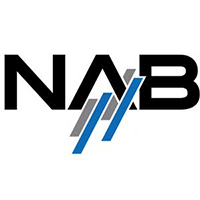
Every year it’s easy to get swept up in the latest gadget craze, especially for those gear heads like myself who want to be at the forefront of technology all the time. For the past ten years, that has been no easy task. It seems that with every advancement on Monday, there is a newer, better version by Thursday. Sony, for example, has set new expectations for camera development with their yearly releases (sometimes less).
The place to look for the biggest “oo’s” and “ahh’s” of the photo/video space usually comes at National Association of Broadcasters (NAB), more so in recent years than the Consumer Electronics Show (CES) which has grown into a rather ungainly beast. There are usually one or two concepts that dominate headlines and the show floor at NAB, and each year pundits claim it to be “the next big thing.” The feeling you get when you walk the show floor at NAB is that if you’re not on board with whatever is the latest and greatest, you’re going to be left behind. If you’re not getting in on the VR bandwagon, you’ll be wishing you had.
But hold your horses… before you go out and jump on this year's next big thing (virtual reality) and grab an Oculus Rift and the latest Ricoh Theta, let’s take a look at the claims from previous years and see if those “next big things” ever really became such.
2010: 3D Television
Oh man, remember 3D television? Goodness was this ever the perfect example of a fad. Leading up to NAB 2010, 3D was hitting its perceived stride. Hundreds of companies from around the world were trying to get theirs, and every major television manufacturer was touting 3D TV as the next thing you were going to have to get. In June 2010, ESPN launched ESPN 3D, a joint venture between the Walt Disney Company and the Hearst Corporation. The idea was to broadcast a host of live games in 3D for what would surely be a large audience of consumers itching to buy 3D televisions. The network started with the opening match of the 2010 FIFA World Cup, and followed with many other games throughout the year covering college football to basketball. 85 live events were shown on the network in 2010.
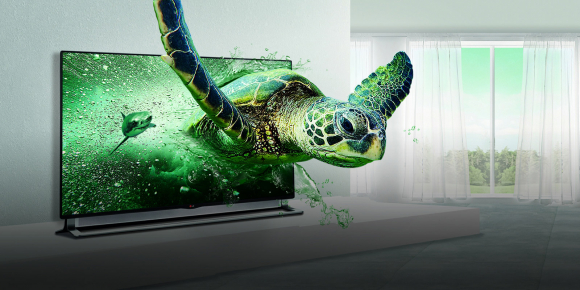
But in September of 2013, ESPN 3D shut down, citing “limited viewer adoption of 3D service.
Of course there was limited adoption. The basic concept for enjoying 3D was awful. Either you had to wear glasses (lame) or you had to purchase a tv that provided the 3D effect but was physically painful to view. The idea was somewhat cool, but the practice of watching television at home wasn’t well thought out. The average consumer simply didn’t care.
Now in 2017, the "shambling corpse of 3D TV finally falls down dead." That has to be one of the best tech titles I've ever read.
2011-2012: Social TV
In 2011 and more in 2012, the tech world was abuzz with the idea of “social tv.” That is to say, people participating in social networking activities while watching television. This isn’t just tweeting when you saw a particular clip, but actually involving yourself in a conversation with other viewers in apps available on your television or smartphone. The idea of “second screen technologies" would lead you to follow Twitter or Facebook commentary about the show you were currently watching, and receive “instant personalized graphics like the captions and news crawls we see on cable news channels.”
This has turned out to be not nearly the trend that they thought it would be. Various companies sprouted up around this time trying to jump in on the “connected social television” hype, and few are still around today. The last real remnant of this time is Viggle, and I don’t know about you guys, but not a single person I know has ever used Viggle (probably doesn't help that their app store rating is pretty low).
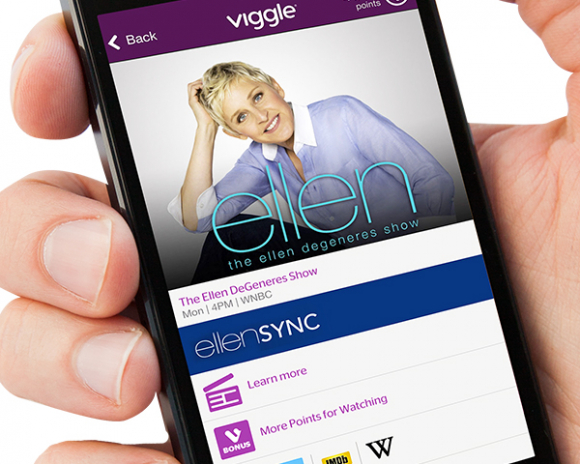
These days, a social television is one that can connect directly to YouTube, not one that is going to serve you content based on your interaction with it.
I even worked for a company who tried to get in on this, and they have since totally pivoted to something else after finding that social TV wasn't all it was chalked up to be.
This is yet another idea that sounded like a possibility, but when you really sat down and considered it, there was no way it was going to catch on. Much like 3D telvision, people like to watch television… to watch television. Anything else gets in the way and muddies the process. The most consumers are generally going to do is check twitter and Facebook during slower sports, like baseball or see the reactions to bombshell drama on “The Bachelor.” But even then, you generally do it during down time, or after the show. Involving yourself in the multitasking process of “second screen technologies” is too much work. Most consumers just want to watch their show, and thanks to Netflix, Amazon and HBO, it's highly unlikely that any of us are watching the same show at the same time anymore anyway.
Yes, 4K is the future, but think about how long we have all been saying that. 4K really took off in 2013 and 2014, with the number of companies displaying viewing and capture devices in 4K going through the roof. With 4K came the need for editing, storing, and managing that kind of data, so we also saw Thunderbolt 2 tech hit the market with the possibility of 20 Gbps data transfer in both directions.
Four years later, and only 12.5% of US households have a 4K television, and Thunderbolt 2 is already considered obsolete without getting a single consumer or professional level storage system anywhere near that 20 Gbps transfer rate. Seriously, we already abandoned Thunderbolt 2 when we never came close to maximizing its potential. Hello Thunderbolt 3… I guess.
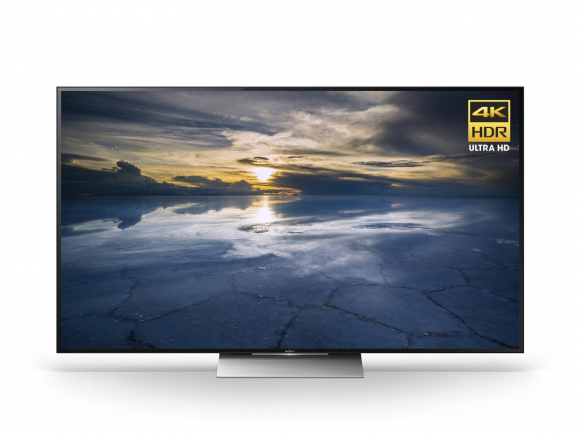
What 2013 serves to show is that even when it’s the most hyped thing at the show, and how they will once again say you are either on board or left behind, years later most content creators are still recording in 1080p and a vast majority of consumers don’t even have the means to view 4K content. Even by 2020, most experts don’t expect more than half of American households to have a 4K television. Now you’ll see people talking 6K and 8K and how you want to be capturing content in those resolutions. Right now, unless you’re a Hollywood filmmaker or producing content to be used in films, there is absolutely no reason to think you need to be shooting above 4K, and no real reason to do so for the next three to five years… at least.
2015: H.265 video standard, and live streaming
Oh man, to think that people were going to switch to H.265 back in 2015… that’s rich. For those who don’t know what it is, it’s a video codec called both “High Efficiency Video Coding” (HEVC) or more commonly called H.265 and MPEG-H part 2. It’s simply a standard for video codecs, and has been what will replace the as-of-2014 standard H.264.
Let’s step way back here and look at this from as high level as possible: these standards are just what are decided upon to be the way to record, compress and distribute video content.
H.265 was first introduced on a consumer camera with the Samsung NX500 this very same year (2015). Yes, this is back when Samsung was making their own cameras. The thing was… the NX500 didn’t record in H.264, which meant that you couldn’t edit the footage, heck you couldn’t even view the footage, on any top of the line editing software or computer. Adobe Premiere, for example, had no idea how to read H.265. In order to do anything with it, you had to download Samsung’s terrible converter or one of many applications of dubious origin just to look at what you shot on anything other than the NX500 body. Needless to say, this was a huge knock to the system, as most people weren’t going to go through the trouble. I won’t say it’s the reason that Samsung eventually pulled out of imaging, but it’s certainly a contributing factor to why no one was shooting video with a Samsung NX500.
Two years later, and we’re no closer to H.265 standard than we were in 2015. So, once again, the hot new thing is not hot at all.

Also in 2015 we saw the rise of live streaming thanks to the wildly successful Meerkat app, and later Periscope and presently Facebook. Yes, live streaming took off right out of the gate, and it was huge. For a couple months. Now, I never see any live streams on my Facebook feed. Periscope? Heck, I haven’t seen anyone live stream via Twitter in over a year. The idea of live streaming is probably far more viable than 3D or social television, but once everyone was capable of doing it, consumers got burned out on it fast. Suddenly everything everyone was doing needed to be watched, and at a certain point that just gets unbelievably tiresome.
Meerkat shut down on October 4, 2016. In December of that same year, Periscope was simply integrated into Twitter and the standalone app was dissolved. But hey, Facebook spends millions on advertising live streaming via their app, so it’s certainly not dead.
So sure, you can still live stream, but it’s not nearly the “next big thing.”
2016: Drones and gimbals
NAB called 2016 “the era of drones,” so don’t get me wrong, drones were and are huge. People love them, and they sell like hot cakes. Well, they sell like hot cakes if the drone has the letters “DJI” in front of them. Though hundreds of companies tried to get in on the drone craze, none of them have even come close to what DJI moves in product. Their two main competitors, 3DR and GoPro both have not innovated nearly enough or were saddled with bad press caused by faulty firmware (I’m looking at you, Karma).
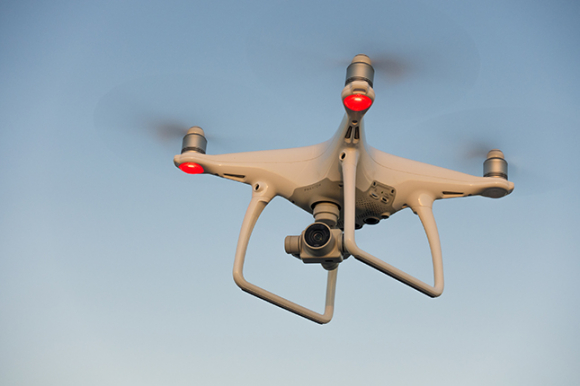
I remember walking the main hall at NAB and seeing the literal hundreds of booths all peddling their version of the DJI Phantom and thinking “there is no way these all can survive in the same market.” And that’s pretty much proven to be true, as the only company we see year-over-year innovation and actual success out of is DJI.
Even companies who take in millions in funding, like the Lily, fail to keep up with DJI. I mentioned 3DR, and they completely pivoted in their business strategy to construction and land development due to their inability to keep up with DJI in the consumer market. In 2016, everyone wanted a piece of the drone pie, but to this day, that pie is wholly consumed by DJI.
Gimbals, like the MoVI and the DJI Ronin, are another space where hundreds of folks wanted in on the magic of stabilization, but few have managed to wrestle away control from the big players. Gimbals are rather big in the video world, but they aren’t the boon across the industry that many hoped. Just like with drones, gimbals are pretty much owned by the few big boys at the top of the food chain, and the little guys at the bottom will have a hard time climbing above them.
2016’s trends are the closest we have come in the past seven years to actually showing a real trend, and I’m still hesitant to say that the trend “took off.” If something really only benefits one or a few companies, is it really an industry trend? If you wanted to get in on the business, doing so almost certainly did not benefit you as you attempted to compete with these juggernauts.
So here we are, 2017… and VR is king, baby!
If you look at the coverage of NAB 2017 or walk the show floor, the big topic of conversation is, as mentioned, virtual reality (and honestly, it got its start last year too). Huge! Gotta get in on it! Everyone will be wanting this.
Well, you are free to agree with them and do that, but just bear in mind… that has not been true in recent history for anything touted as the next big thing at NAB. I’m going to go with the “wait and see” strategy for VR, because to me it’s even more inconvenient than the failed 3D television. I’m sure some folks will like it, and maybe if they come up with a better viewing device than the giant headset it will have wider appeal. But for now… wait and see. Wait. And. See.
Editor's Note: You'll notice that drones and 8K are also listed as big trends in that NAB article on 2017, but previous points remain true. 8K is not coming nearly as fast as they want you to believe, and we all know DJI is the drone king and everyone else is just a suitor. But the one thing that is on the list every year and will probably continue to be are simple updates to standard video cameras and lenses. You can't go wrong there!